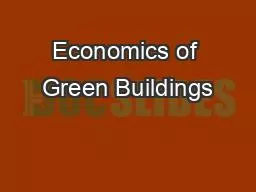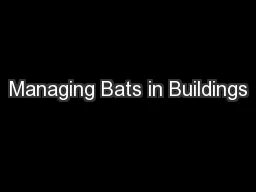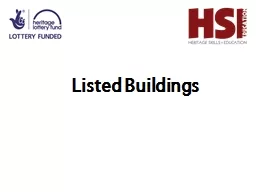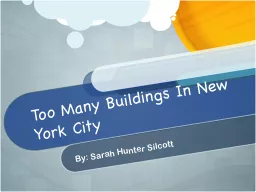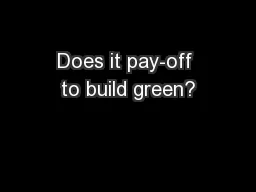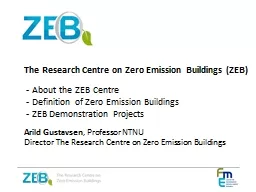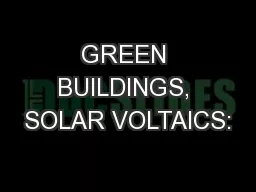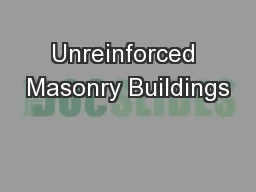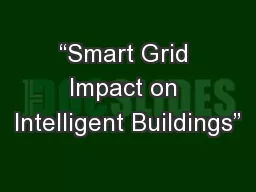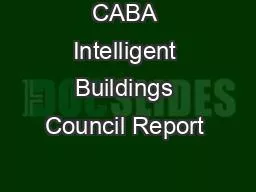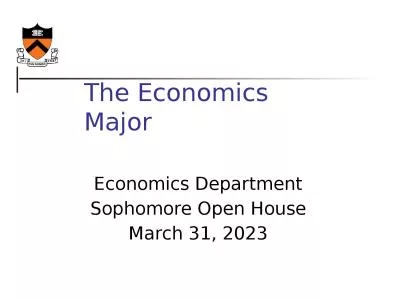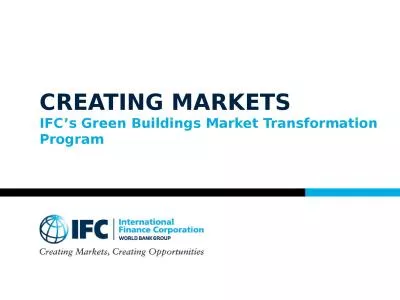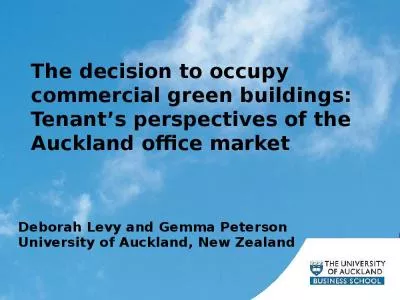PPT-Economics of Green Buildings
Author : syfarect | Published Date : 2020-06-24
27 th April 2012 Dr Hina Zia TERI New Delhi The Present Construction sector contributes to 12 of Indias GDP and growing at 92 Residentialcommercial sector accounts
Presentation Embed Code
Download Presentation
Download Presentation The PPT/PDF document "Economics of Green Buildings" is the property of its rightful owner. Permission is granted to download and print the materials on this website for personal, non-commercial use only, and to display it on your personal computer provided you do not modify the materials and that you retain all copyright notices contained in the materials. By downloading content from our website, you accept the terms of this agreement.
Economics of Green Buildings: Transcript
Download Rules Of Document
"Economics of Green Buildings"The content belongs to its owner. You may download and print it for personal use, without modification, and keep all copyright notices. By downloading, you agree to these terms.
Related Documents

